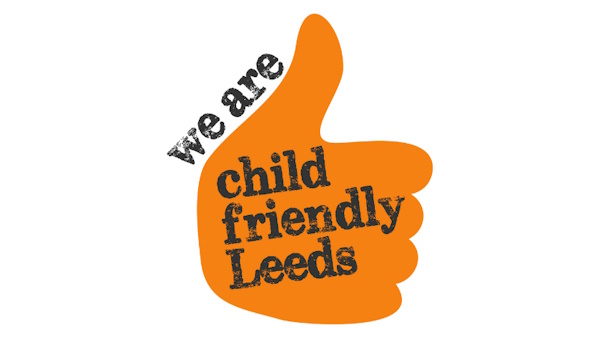Harmful sexual behaviour
Harmful sexual behaviour (HSB) is developmentally inappropriate sexual behaviour which is displayed by children and which may be harmful or abusive (derived from Hackett, 2014). HSB encompasses a range of behaviours which can be displayed towards younger children, peers, older children or adults. It is harmful to the children and young people who display it, as well as the people it is directed towards. This includes technology-assisted HSB.
Technology-assisted HSB (TA-HSB) is sexualised behaviour which children engage in using the internet or technology such as mobile phones. This might include: viewing pornography (including extreme pornography or viewing indecent images of children); downloading, possessing and distributing indecent images; and sexting. (Hollis and Belton, 2017).
What we need to know
All children experience sexual development over the course of their childhood and adolescence. For many, this is navigated in a safe and healthy way. For some, their behaviours fall outside of what is considered developmentally appropriate. HSB is therefore considered an umbrella term; incorporating a continuum of behaviours from inappropriate, problematic, abusive and violent sexual behaviours.
In assessing how concerned we should be about children’s sexual behaviours, we need to assess where on the continuum of HSB the behaviour lies, taking into consideration a number of factors that include the context of the behaviour, the child’s:
- age
- level of functioning
- developmental stage
- experience of trauma
- wider behavioural issues
This initial assessment of the level of concern regarding HSB is important in ensuring proportionate levels of support and supervision and will also determine if a referral to the Children’s Social Work Service (CSWS) is required.
Research has highlighted that many children who display HSB are children in need, and some are children who require protection. Therefore, it is important that these children’s needs, vulnerability and risk factors are assessed appropriately and that support and protection are offered at the earliest opportunity.
What schools should do
Schools should be aware of the AIM (Assessment, Intervention, Moving on) project to be able to identify concerns and then to act on them. There are a range of resources and training opportunities available from their website, including guidance on understanding and managing problematic and harmful sexual behaviours in education settings.
Both primary and secondary schools in Leeds should use their guidelines when an incident has occurred to determine the level of concern and response needed to the behaviour.
Both primary and secondary schools in Leeds should use their guidelines when an incident has occurred, to determine the level of concern and response needed to the behaviour.
What all practitioners should do
All those working with children have a role to play in identifying and responding to HSB. This includes: initially assessing the level of concern by either using the AIM checklist or the Hackett Continuum of HSB; reporting their concerns to the named person with responsibility for child protection within their agency and to refer to appropriate services if necessary; recording concerns accurately and, where appropriate, being involved in the implementation of a plan of work to support that child.
If the HSB is assessed as problematic, abusive or violent, practitioners should contact Duty and Advice, who will decide whether further assessment is required. Should a specialist assessment be needed, this will be conducted by the Children's Social Work Service with the support of wider agencies where possible. Currently, any such assessments will be supervised by the HSB coordinator. Following the assessment, a multi-agency approach will be taken to intervention and care planning for the child concerned.
It is important that both the child harmed and the child who has harmed are responded to and supported. This includes a referral for both children to CSWS.
Practitioners need to stay calm in their response to HSB incidents using a child-centred and non-shaming approach when discussing the behaviour with all children involved.
Key contacts and more information
Duty and Advice Team tel: 0113 376 0336 (out of hours tel: 0113 535 0600).
The response to harmful sexual behaviour in Leeds is coordinated through the Safe Project, who can be contacted at safeprojectteamvm@leeds.gov.uk to discuss concerns or to provide further information.
Refer to the Leeds Safeguarding Children Partnership website for more information, training and briefings on the response to and assessment of children and young people who display harmful sexual behaviours.
The NSPCC website provides a number of articles and research studies on the topic of harmful sexual behaviour, including a 2021 summary of learning from case reviews which featured harmful sexual behaviour.
Printable version
